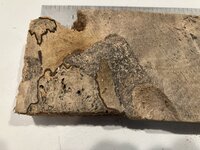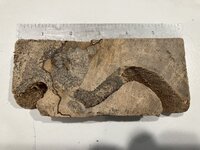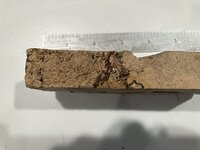I'm asking because I have some , IIRC, oak burl that I have had for some time and it now appears somewhat "spongy" looking. I'm afraid that if I just try stabilizing it with Cactus Juice, the juice will not fill any voids sufficiently and I'd like any voids to be filled with color. I'm skeptical that the 12 minute working time of Alumilite Clear Slow will be sufficient to pull a good vacuum and then have enough time for the resin to fill the voids. Has anyone tried something like this before?
A picture or few would certainly help... Regarding voids and filling them with color. If you do a round of stabilization with cactus juice in vacuum, then let any outer excess drain before you cook the blanks, and maybe trim off any bits of resin that you don't want. Could you then cast in Alumilite to fill any largish voids with colored resin under pressure?
I've never done this, but if the wood is what I suspect (the whole spongy description

), I wonder if the relatively short open time with something like Alumilite would really allow any real penetration into any part of the wood OTHER than largish voids... That might end up being problematic later on...
On the other hand...have you considered maybe casting in Alumilite to fill in any larger voids, then maybe sand down the casting just to the point where you expose the burl on the four sides, then stabilize in cactus juice? Not sure if that would work once you get to the curing stage...can cured Alumilite handle ~200 degrees temp?



